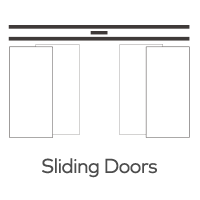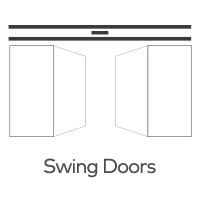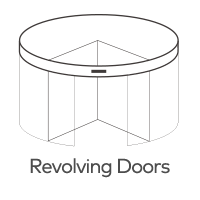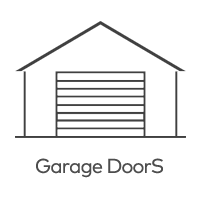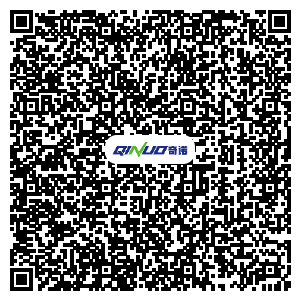How does a backup power source work in case of a power outage for an automatic sliding door controller?
Automatic sliding doors have become a staple in commercial and residential settings, offering convenience, accessibility, and enhanced security. However, the smooth operation of these doors relies heavily on electrical power, leaving them vulnerable during power outages. To mitigate this risk, automatic sliding door controllers are often equipped with backup power sources. In this article, we'll explore how these backup power sources work to ensure seamless door operation even in the event of a power failure.
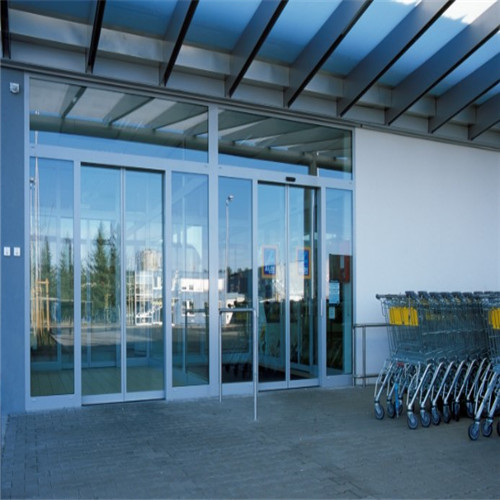
Understanding Automatic Sliding Door Controllers
Automatic sliding door controllers, often referred to as door operators, are electronic devices that manage the opening and closing of sliding doors. They consist of various components, including motors, sensors, control panels, and power supplies, all working together to facilitate door automation.
Backup Power Sources for Automatic Sliding Door Controllers
Backup power sources for automatic sliding door controllers are designed to provide temporary electrical power when the primary power source, typically the main electrical grid, fails due to a power outage. These backup systems are essential to maintain door functionality, security, and access during adverse conditions.
Here's how backup power sources work for automatic sliding door controllers:
1. Uninterruptible Power Supply (UPS):
Many automatic sliding door controllers are equipped with an uninterruptible power supply (UPS). A UPS system consists of a battery and an inverter. The battery stores electrical energy, and the inverter converts the stored DC (direct current) power into AC (alternating current) power, which the door controller requires.
2. Automatic Switchover:
When the main power supply experiences an interruption, the UPS system detects the loss of power almost instantly. It then automatically switches over to the backup battery power. This transition is seamless and typically takes just milliseconds to complete.
3. Battery Duration:
The backup power source's duration depends on various factors, including the battery's capacity, the power requirements of the door controller, and the frequency of door use. Smaller installations may have shorter backup times, while larger systems may have longer-lasting batteries to support extended outages.
4. Continuous Charging:
While the door controller operates on backup power, the UPS system continuously charges the battery from the main power source. This ensures that the backup power source remains ready for the next outage.
5. Indicator and Alerts:
Many automatic sliding door controllers equipped with backup power sources include indicator lights and alerts to notify users when the system is operating on backup power. This provides valuable information for maintenance and informs users that the door is still operational during a power outage.
Benefits of Backup Power Sources
Backup power sources for automatic sliding door controllers offer several advantages:
1. Continuous Operation: They ensure the sliding doors continue to function, allowing uninterrupted access, even during power outages.
2. Security: Businesses and institutions can maintain security by keeping entrances and exits operational in emergencies.
3. Safety: In the event of a fire or other emergencies, backup power sources allow for the safe evacuation of buildings.
4. Convenience: They prevent inconvenience caused by inoperable doors during power failures, particularly in busy public spaces.
Conclusion
Backup power sources for automatic sliding door controllers are essential components that ensure the reliability and functionality of sliding doors in the face of power outages. These systems, often equipped with UPS technology, provide seamless and immediate switchover to backup power, maintaining security, access, and convenience during adverse conditions. Their continuous charging capability ensures readiness for the next outage, making them indispensable for both residential and commercial settings where automatic sliding doors are in use.


